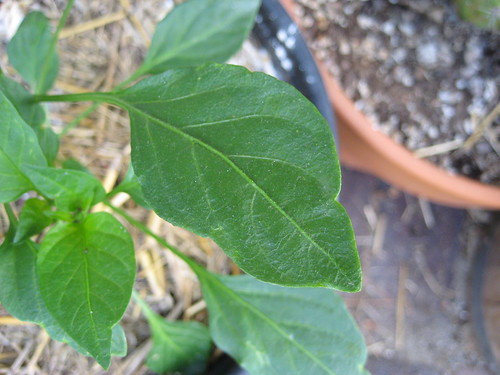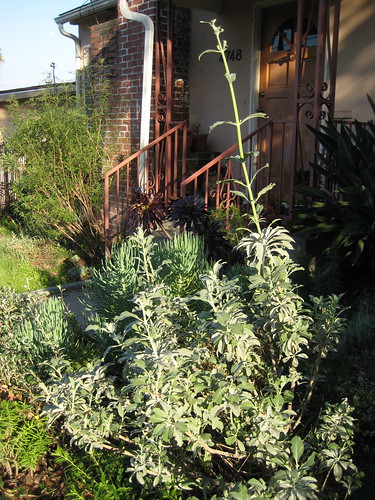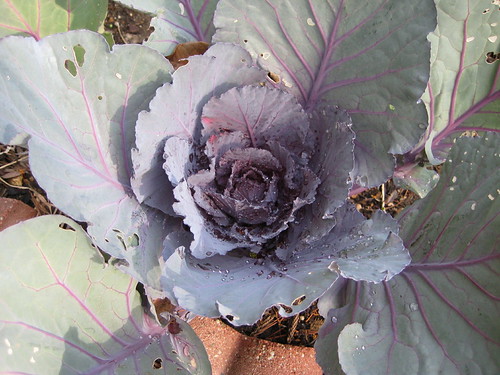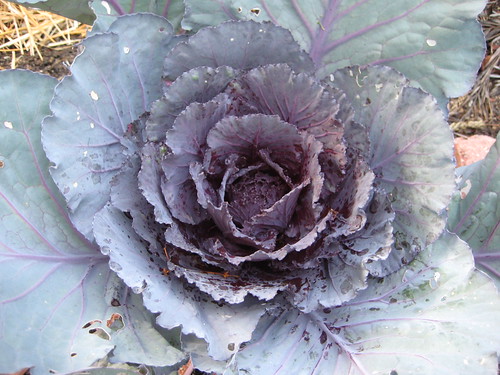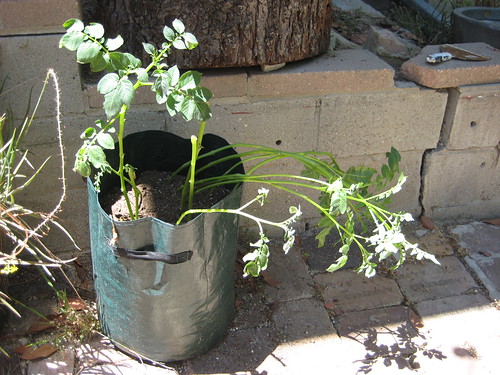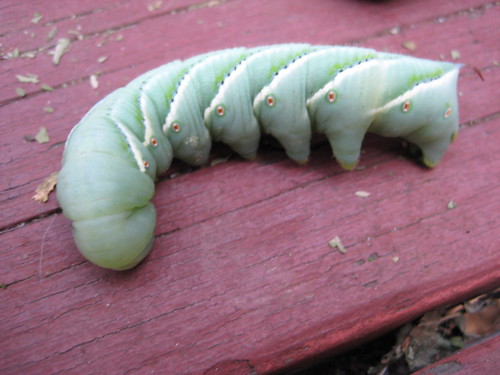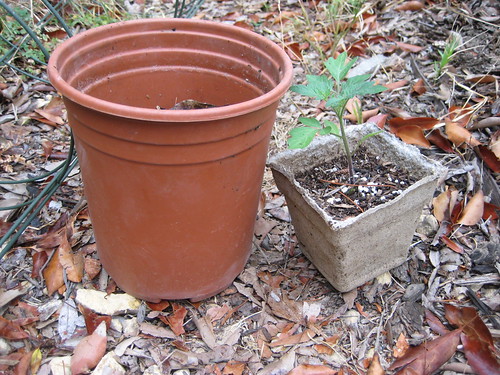
Back in March, I wrote about a new product I was trying out, Cow Pots
Overall, I was happy with my Cow Pot experience. They were easy to use, odor-free and didn't fall apart with frequent watering. As I suspected, the soil in these pots dried out more quickly than the soil in my plastic pots. Once I got used to the Cow Pots, though, I was able to keep the soil evenly moist most of the time.
Seeds seemed to sprout more slowly in my Cow Pots than in the plastic pots. I'm guessing that may have something to do with how hot the soil gets in each pot. Some seeds like very warm soil to germinate, and I suspect that the black plastic pots heat up faster than Cow Pots. Once the seeds sprouted, though, they were quite happy in the poop pots. I'm not sure if they seemed heartier than the plastic pot plants, but they did grow healthy and strong.
Planting the Cow Pots was great, since you just place them directly in the ground. I didn't have to worry about disturbing roots or transplant shock. All the in-ground Cow Pot plants currently seem very happy and healthy.
An unforeseen benefit of the Cow Pots came when skunks staged a late-night raid on some new plantings. When I came out in the morning, there were big holes all over my garden bed, but most of the seedlings were still inside their Cow Pots. The manure pot had protected the new plantings from damage, where an unprotected seedling would have been ripped from its roots and destroyed. After I replanted the seedlings, they grew as if the skunk incident never happened. For someone like me with a serious skunk problem, this is a great bonus feature of Cow Pots.
So, I plan to use Cow Pots
